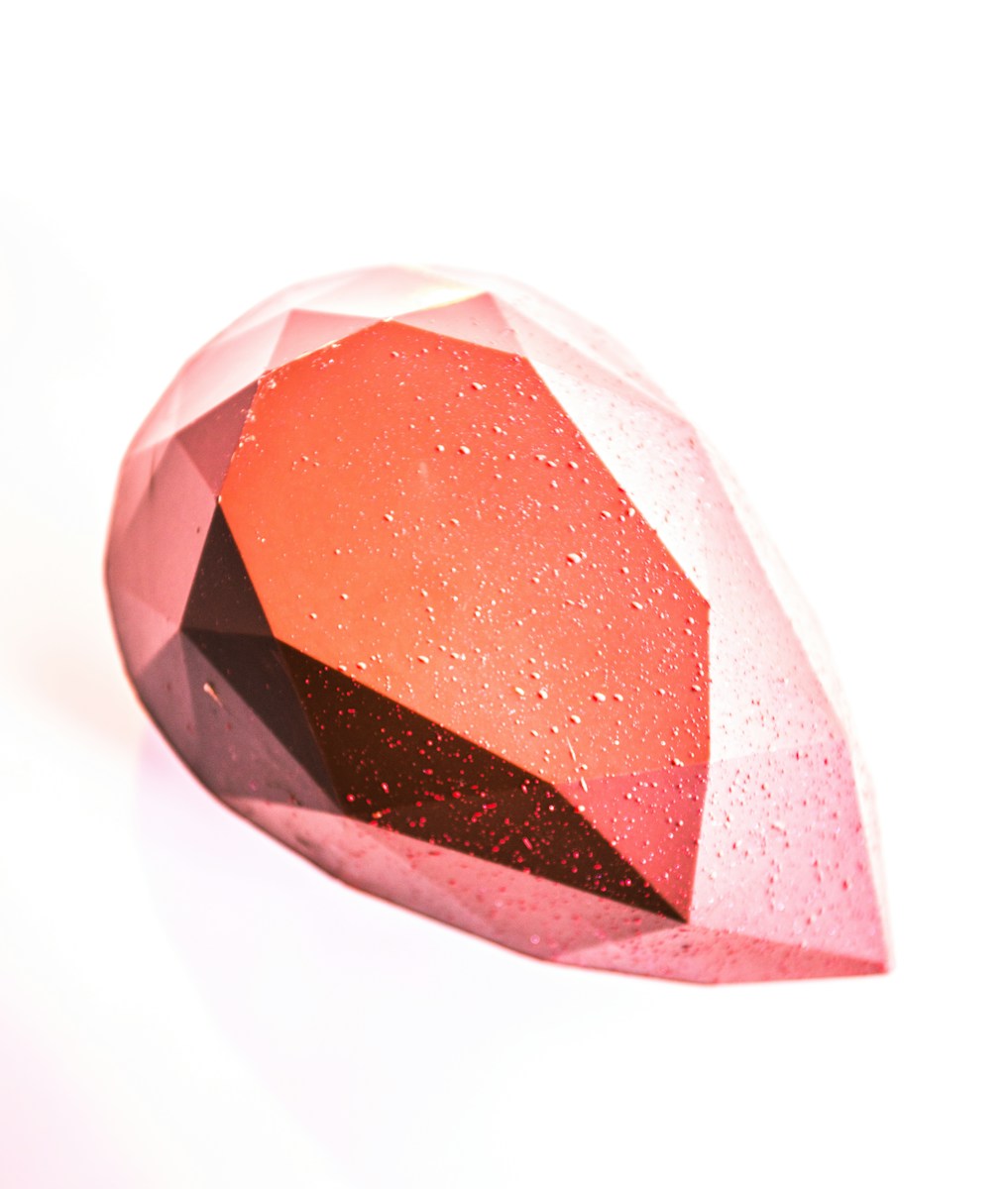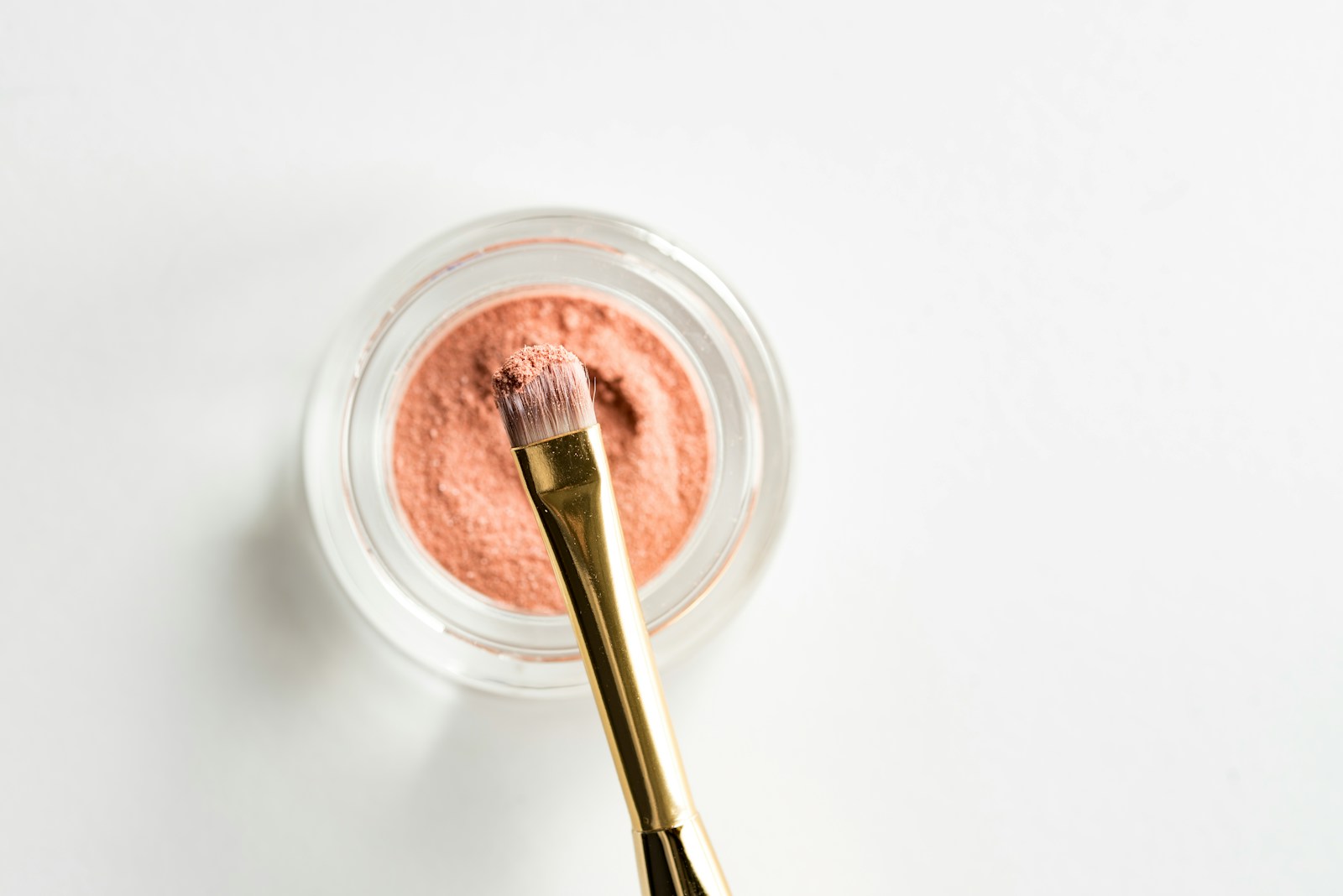The gems known as rubies vs garnet have captured the attention of people for centuries fascinated by their incredible beauty. People often confuse the two because of how similar their deep red colors look. Garnets and rubies differ greatly in how carefully they are crafted and how readily available they are in the market and how they are used. Both garnets and rubies will be discussed in the paper noting their common features and distinctive characteristics.
Composition and Formation
Rubies are categorized as corundum which is a type of aluminum oxide (Al₂O₃) with chromium impurities responsible for their beautiful red color. Actual ruby crystals are usually found deep in metamorphic and igneous rocks under the earth’s crust at regions of very high pressure and temperature. Eliminating all other forms of garnets and silicate rubies are best found silicate other mediums.
The garnet family contains multiple minerals made up of silicate compounds. Primary red garnets which include Almandine and pyrope are found in volcanic and alluvial environments unlike rubies that can only be found metamorphic regions and some volcanic rocks. Almandine contains a higher ratio of iron to magnesium whilst pyrope contains a higher ratio of aluminum to iron.
Color and Appearance
Both gemstones have red colors, but their shades and intensity levels vary. Rubies are dominated by a vivid deep red color intermixed with minor blue and pinkish undertones. Collectors best appreciate “pigeon blood” rubies for their pure intense red which makes these rubies the most sought-after gems.
Garnets usually exhibit red colors as well, but some display a range of dark burghundy and brownish-red. Other garnet varieties exhibit orange and pink tones. These gemstones are less vibrant than rubies which serves as a key distinction between these gemstones.
Rarity and Value
As one of the rarest and most valuable gemstones, Ruby is met with high market demand, especially for fine quality mined in deposits located in Myanmar Thailand and Mozambique. Myanmar rubies are truely spectacular and eye-catching gemstones due to both their rarity and MoH hardness level of 9.
Ruby has a much higher market demand than garnet because garnet occurs in larger quantities in nature. Common red garnet is affordable for consumers in comparison to rare varieties such as tsavorite and demantoid. Garnets also have a lower Mohs hardness rating of 6.5 to 7.5, making them softer than rubies.
Uses and Applications
Rubies and garnets serve dual purposes in the hands of jewelry artisans who set these precious stones into crafted rings, necklaces, and earrings alike. The growing fame of ruby for being harder and rarer than garnet makes it often further enhanced as a staple in luxurious jewelry collections. Ruby, garnet, diamond, sapphire, and emerald form the top four precious stones, of which ruby is always among the most revered.
Garnets play dual roles because they are used both in jewelry and together with other industrial materials. These substances can readily be employed in waterjet cutting, sandblasting, and filtration, thanks to their abrasive properties.
Garnet and ruby share a deep red color for which they are commonly associated with, but differ widely in rarity, economic value, and distinct chemical structure; thus both are considered precious. Diamonds are well known for sparkling brilliantly with remarkable hardness, while garnets are reasonably priced and therefore widely available for both jewelry and industrial use. Through knowledge of gemstones, potential buyers are able to select appropriate stones for their collections and business activities.

